Happy New Year January 10 2026
Happy Birthday Elvis
https://tunein.com
WE ARE NOW ON THE LARGES ONLINE MUSIC AND NEWS PLATFORM (TUNE-IN ON LINE) Copy and Paste and search Jukebox of Hits
Sunrise Broadcast Bulletin (Daily Updates)
Album Showcase
Segment Features
Vault Vinyl's
Legacy and Lore
Visual Archives
Sunrise and Classic Gold Country Steaming Directories
Legends Remembered & Celebrated — Sunrise Concerts and Tributes
Birthdays Singers and Song Writers
1927 - Johnnie Ray
American singer, songwriter, and pianist and teen idol Johnnie Ray, who had the 1956 UK No.1 & US No.2 single, 'Just Walking In The Rain', plus over 20 Top 40 singles between 1952 & 60. Ray has been cited by critics as a major precursor to what became rock and roll. He died of liver failure on 21st February 1990 age 63.
1935 - Ronnie Hawkins
American singer-songwriter Ronnie Hawkins. He had the 1959 US No.26 single 'Mary Lou', Hawkins was a talent scout and mentor of the musicians he recruited for his band, The Hawks (later known as The Hawks). Also known as "Rompin' Ronnie", "Mr. Dynamo" or "The Hawk", he was one of the key players in the 1960s rock scene in Toronto. Hawkins died on May 29, 2022, at the age of 87.
1939 - Scott McKenzie
American singer and songwriter Scott McKenzie, who scored the 1967 UK No.1 & US No.4 single 'San Francisco, Be Sure To Wear Some Flowers In Your Hair'. McKenzie also auditioned for The Monkees. McKenzie wrote and composed the song 'What About Me' that launched the career of Canadian singer Anne Murray in 1968. He developed Guillain–Barré syndrome in 2010 and died on August 18, 2012, aged 73.
1943 - Jim Croce
American folk and rock singer-songwriter Jim Croce, who had a 1973 US No.1 single with 'Time In A Bottle'. His breakthrough came in 1972, when his third album, You Don't Mess Around with Jim, produced three charting singles. The follow-up album Life and Times included the song 'Bad, Bad Leroy Brown', Croce's only No. 1 hit during his lifetime. He was killed in a plane crash on September 20th 1973, with five others when their chartered Beechcraft E18S crashed shortly after takeoff from the Natchitoches Regional Airport in Natchitoches, Louisiana, on the way to a concert.
1945 - Rod Stewart
British rock and pop singer and songwriter Rod Stewart. He was a member of The Hoochie Coochie Men, Steampacket, Shotgun Express, Jeff Beck Group, the Faces (UK No.6 & US No.17 single 'Stay With Me'). As a solo artist he had the 1971 UK & US No.1 single 'Maggie May', plus five other UK No.1's and over 35 Top 40 hits and 10 No.1 albums. His 1971 debut album Every Picture Tell's A Story was the first album ever to simultaneously be No.1 in the UK and US. Stewart has eight children, by five mothers. In reference to his divorces, Stewart was once quoted as saying, "Instead of getting married again, I'm going to find a woman I don't like and just give her a house."
On This Day With the Beatles Group or Individuals
1965 - John Lennon
John Lennon appeared on the UK TV Peter Cook and Dudley Moore show, 'Not Only But Also.' Lennon appeared in a sketch in which he played Dan, the doorman of a trendy nightclub situated in an underground men’s lavatory.
1964 - The Beatles
The first US Beatles album, 'Introducing The Beatles', was released on Vee-Jay records. The album cover showed John, Paul and George with their now famous "mop top" haircuts, but Ringo had yet to convert. Vee-Jay would be forced to stop selling the disc by the end of the year because of legal complications, but by then over 1.3 million copies had been sold.
1981 - John Lennon
John Lennon's Imagine started a four-week run at No.1 on the UK singles chart, 10 years after it was recorded. Lennon had two other songs in the Top 5 this week, 'Happy Christmas, (War Is Over') and '(Just Like) Starting Over.' 'Imagine' was voted by the viewers of BBC TV as the best lyrics of all time in a poll broadcast in Oct 1999. Also on this day John and Yoko's 'Double Fantasy' album started an eight-week run at No.1 on the US chart. 'Just Like Starting Over' was at No.1 on the US singles chart.
2003 - The Beatles
A haul of 500 Beatles tapes known as the 'Get Back sessions' stolen in the 1970s were found after UK police cracked a major bootleg operation in London and Amsterdam. Five men were arrested.
.
Segment Features
Segment Features
Music News For The Week
January 10, 1956 — Elvis Presley's first RCA Victor recording session is held in Nashville, Tennessee, two days after his 21st birthday and includes his initial #1 hit, "Heartbreak Hotel."
1980 — Little Richard sings at the funeral of Larry Williams (right) ("Short Fat Fannie," "Bony Maronie," "Dizzy Miss Lizzy"), who had replaced him at Specialty Records in 1957 when he entered the ministry. Williams, a cousin of R&B star Lloyd Price, had died four days earlier of a gunshot wound to the head, deemed a suicide.
January 11, 1963 — The Whiskey-a-Go-Go nightclub, where Johnny Rivers records several of his hits, opens in West Hollywood, California.
January 12, 1959 — Berry Gordy, who had a hit as a songwriter in 1958 with "Lonely Teardrops" by Jackie Wilson, launches the Tamla Record Company with $800 he borrowed from his family. The first record he issues is "Come To Me" by Marv Johnson (Billboard #6 R&B, #30 Hot 100). A year later, he changes the label's name to Motown.
January 13, 1962 — "The Twist" by Chubby Checker returns to #1 in the U.S. sixteen months after holding that position for one week in September, 1960. It is the only rock record by a single artist to achieve that status. This time, it stays at the top for two weeks.
January 14, 1955 — Alan Freed holds his first New York City rock 'n' roll concert at a boxing arena after local ballrooms turned him down because of previous events where youth audiences had rioted. The program includes the Clovers, Drifters, Harp tones, Moonglows, Fats Domino, and others who perform to a swaying, but well-behaved sellout crowd estimated at 12,000, nearly split evenly between black and white teens.
January 15, 1928 — Blues great and Rock and Roll Hall of Fame inductee Howlin' Wolf (left, ca. 1951) plays his first gig at age 17 around Ruleville, Mississippi before moving to West Memphis, Tennessee in 1948 and Chicago in 1952, where his electric guitar blues helped shape rock.
1961 — A Detroit teen girl group called the Primettes signs with Motown Records after agreeing to change their name to the Supremes at the insistence of label owner Berry Gordy. He had turned them down before, but with persistence and a record on another local label behind them, they had worked their way into Motown's Hitsville U.S.A. studios as background performers, eventually recording demos with Smokey Robinson until Gordy relented and offered them a contract.
Sources:
Eight Days a Week (Ron Smith)
On This Day in Black Music History (Jay Warner)
Chronology of American Popular Music, 1900-2000 (Frank Hoffman)
calendar.songfacts.com
onthisday.com/music
Spinning Those Records
Vault Vinyl and Stories behind the songs
1939 - Scott McKenzie
American singer and songwriter Scott McKenzie, who scored the 1967 UK No.1 & US No.4 single 'San Francisco, Be Sure To Wear Some Flowers In Your Hair'. McKenzie also auditioned for The Monkees. McKenzie wrote and composed the song 'What About Me' that launched the career of Canadian singer Anne Murray in 1968. He developed Guillain–Barré syndrome in 2010 and died on August 18, 2012, aged 73.

Visual Archive



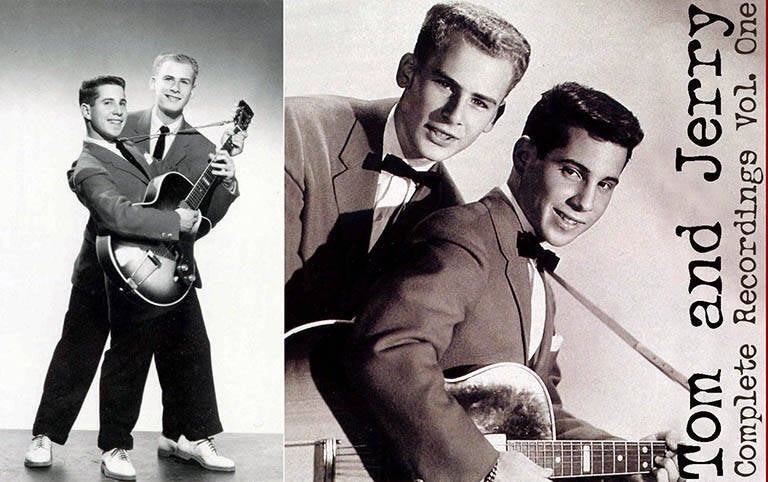


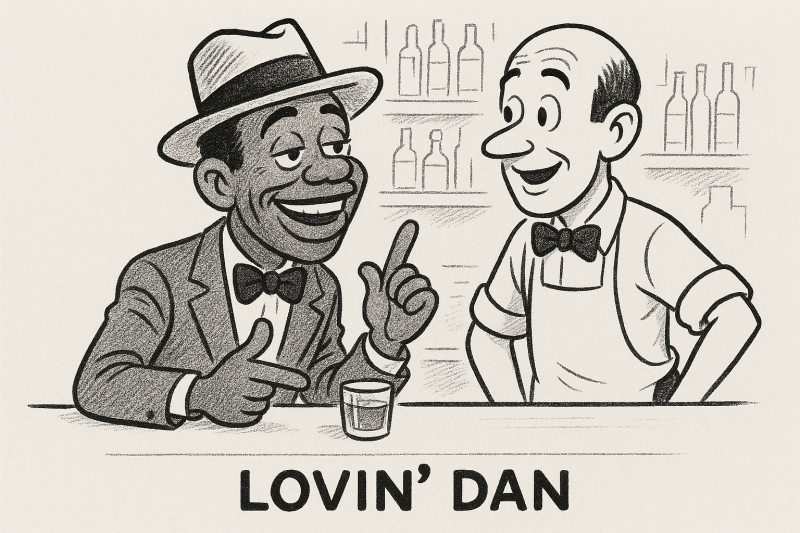








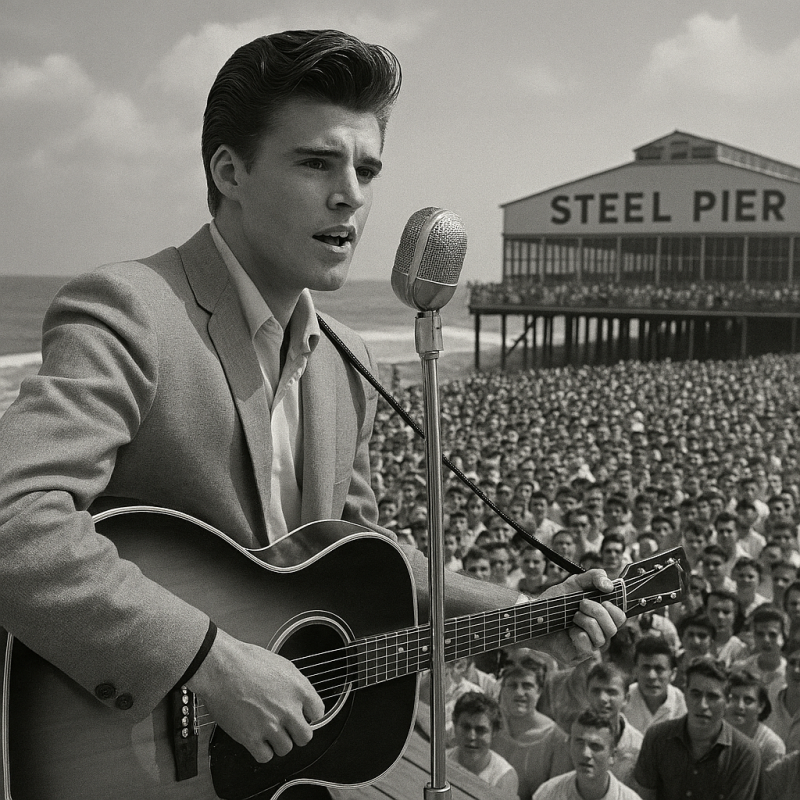



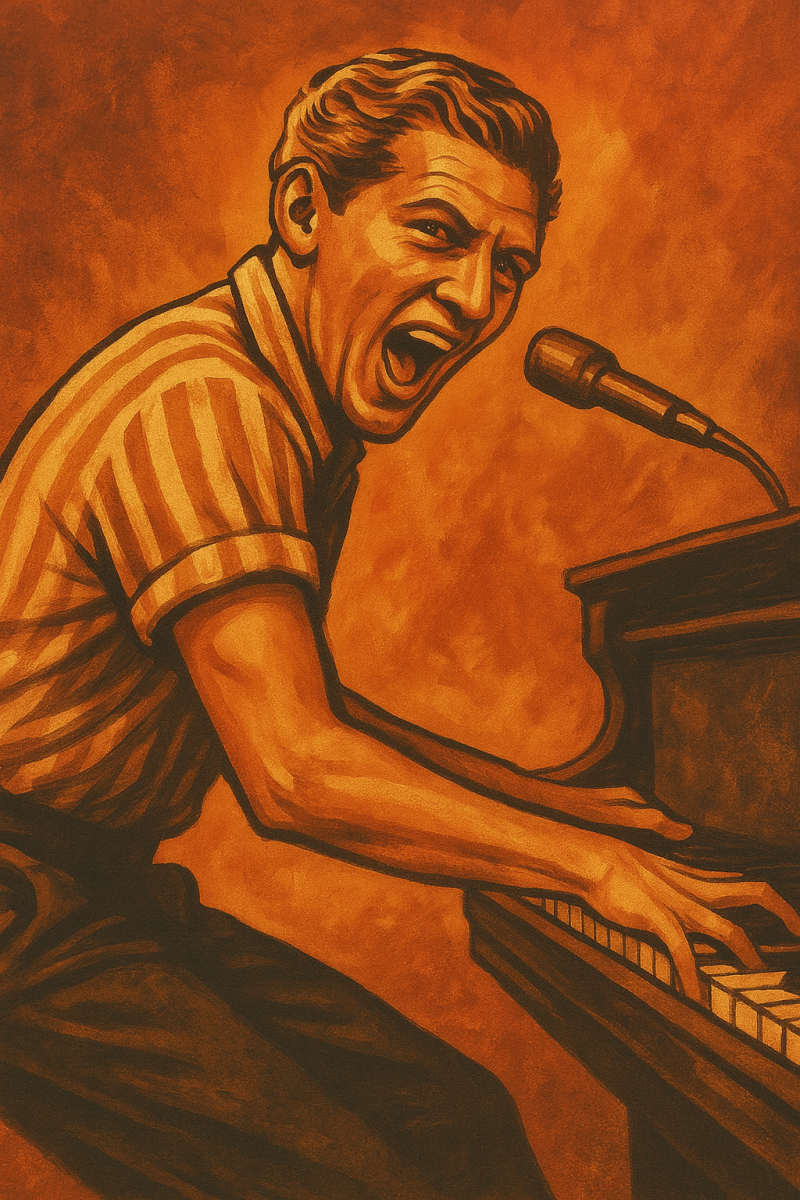
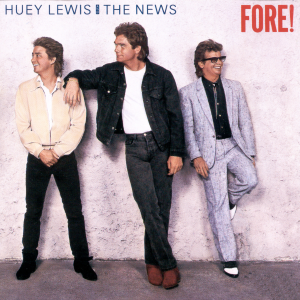
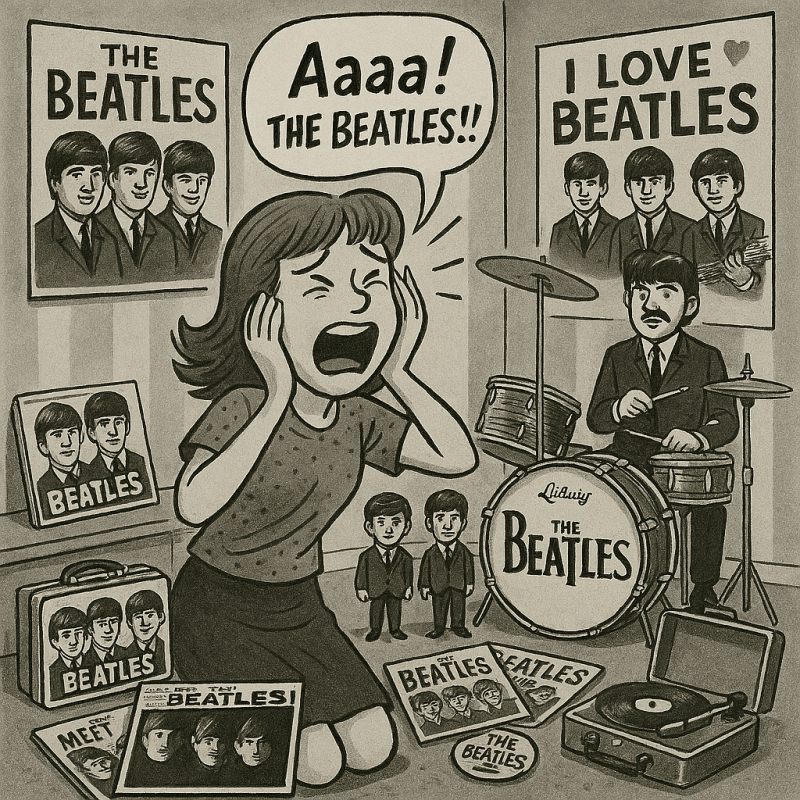
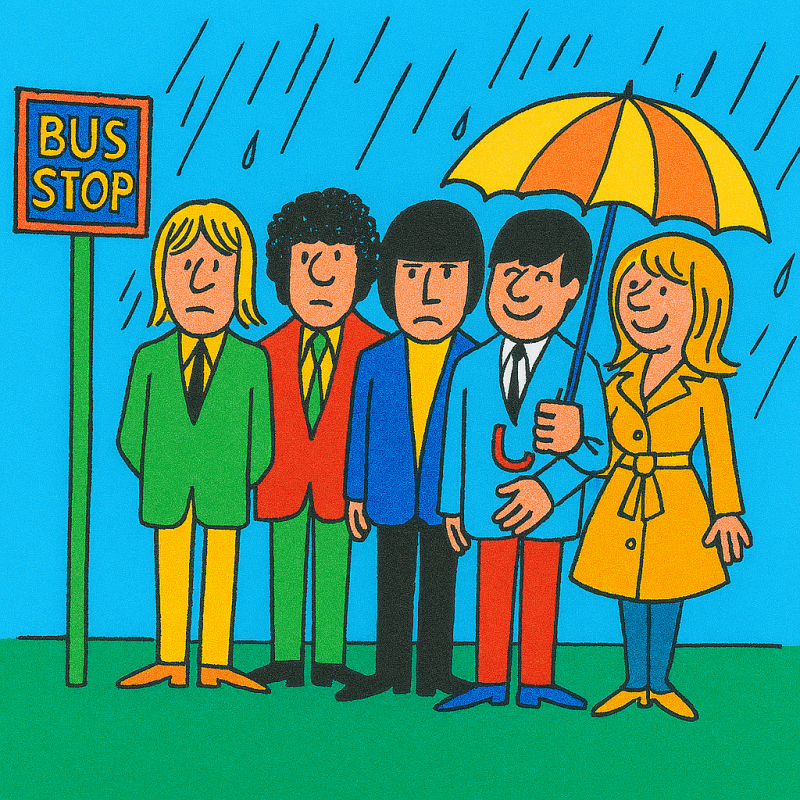

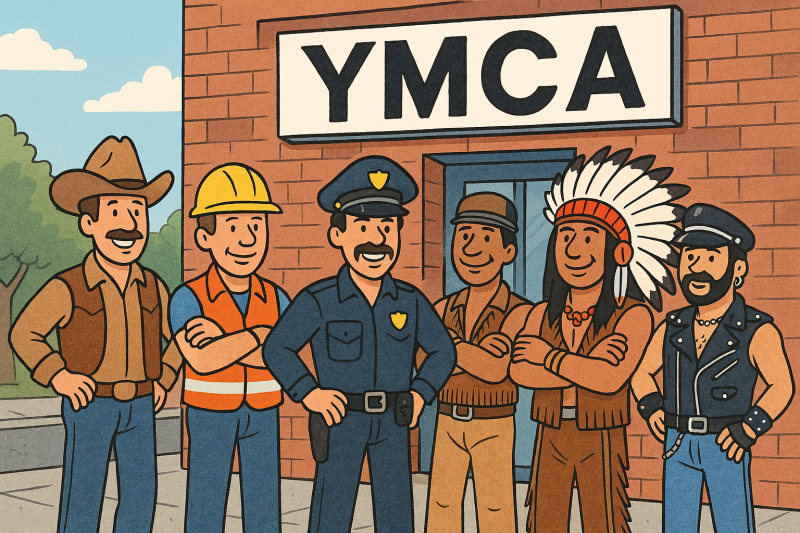



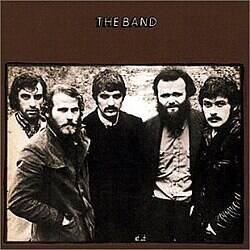










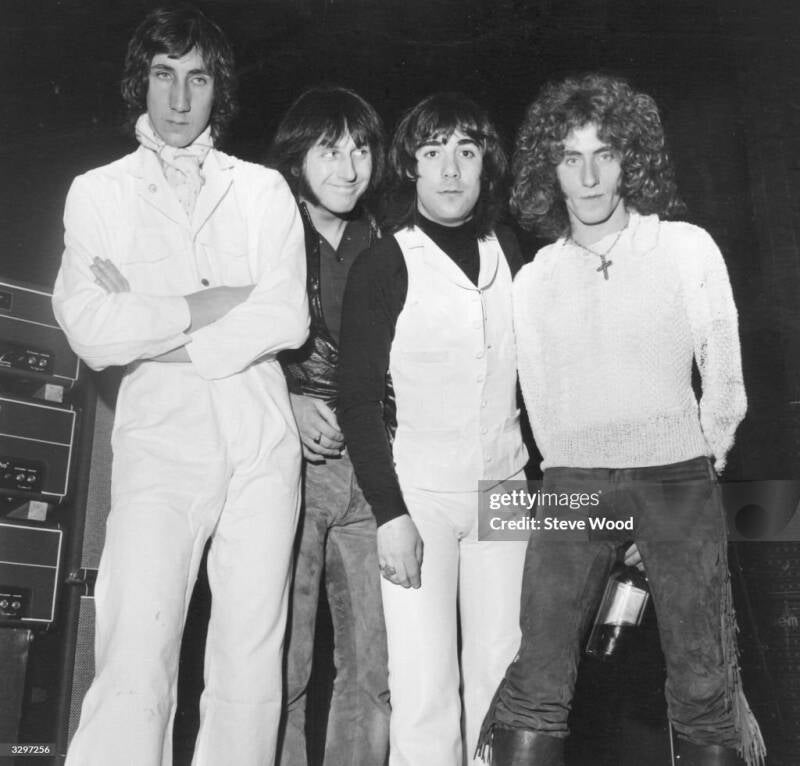






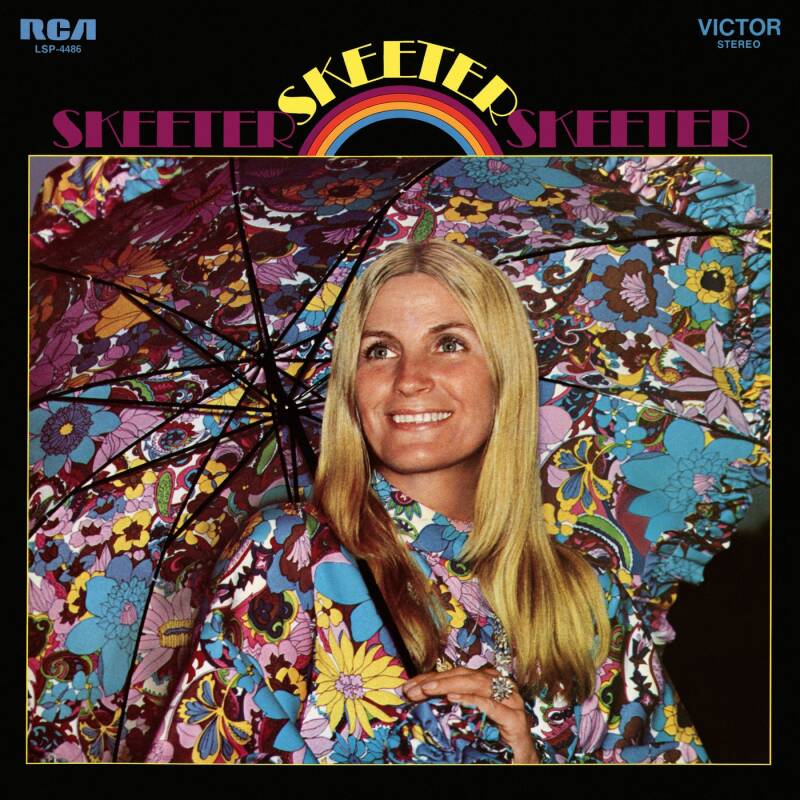









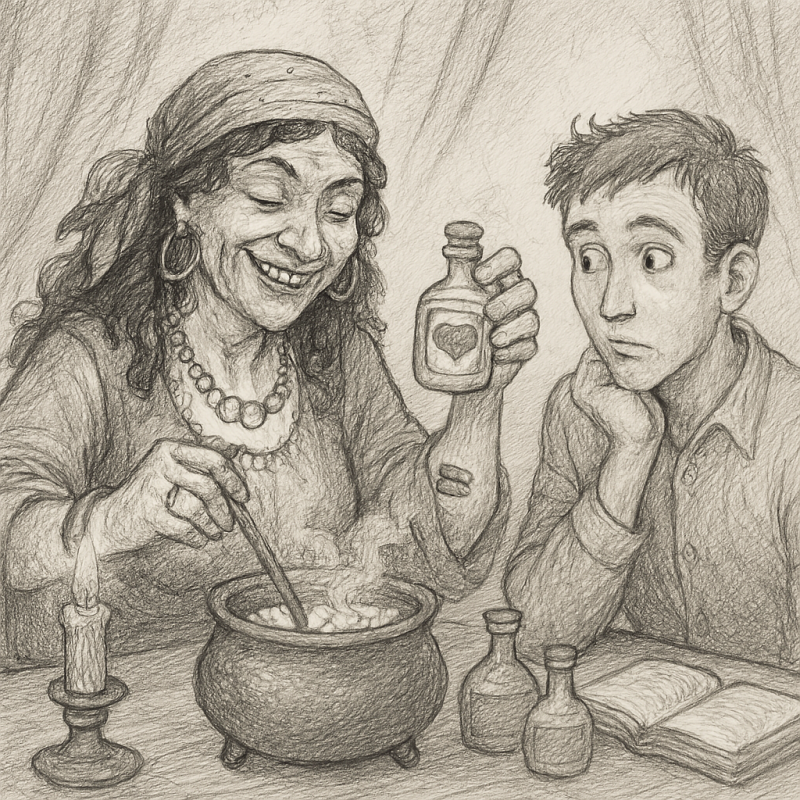
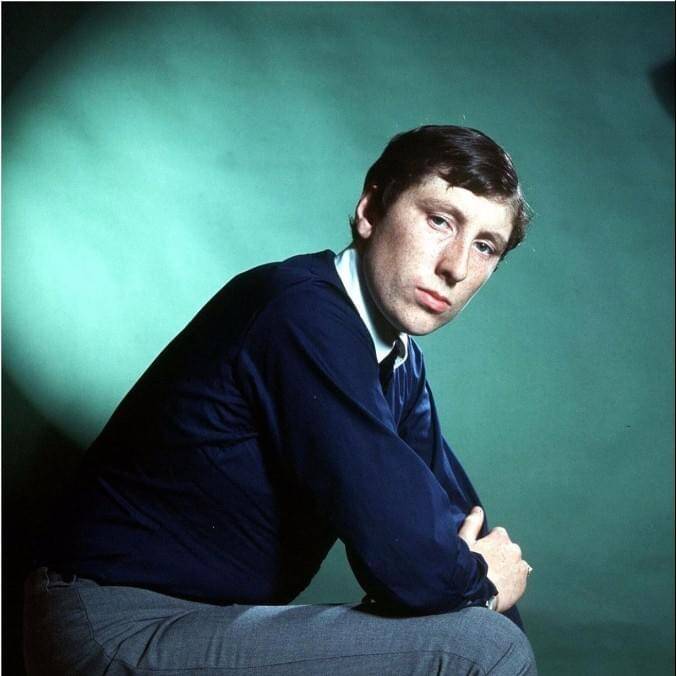










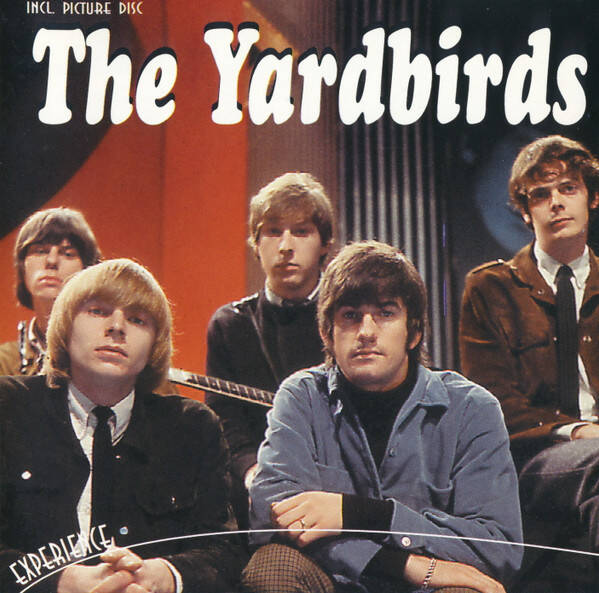














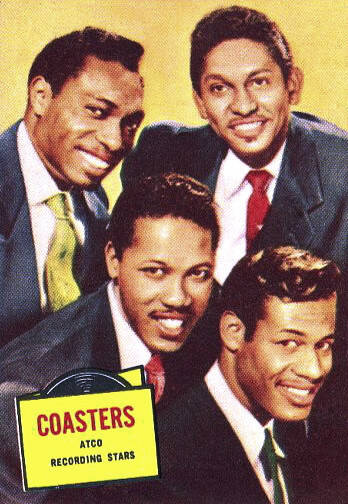





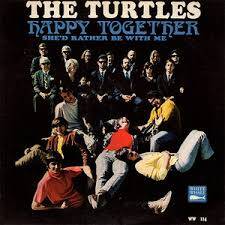
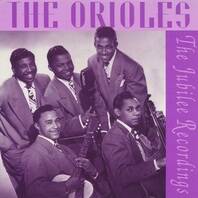
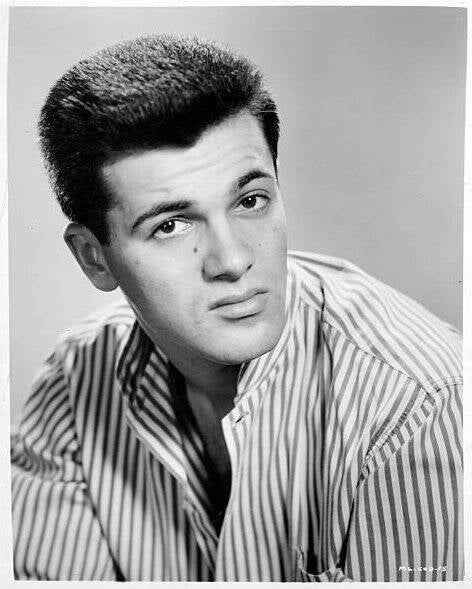

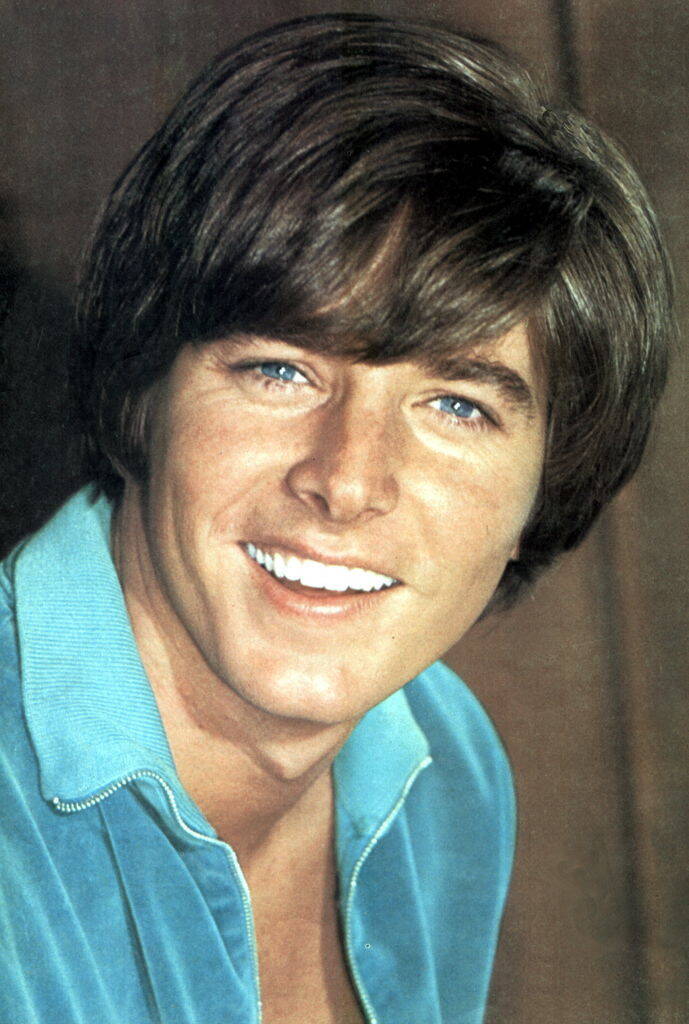
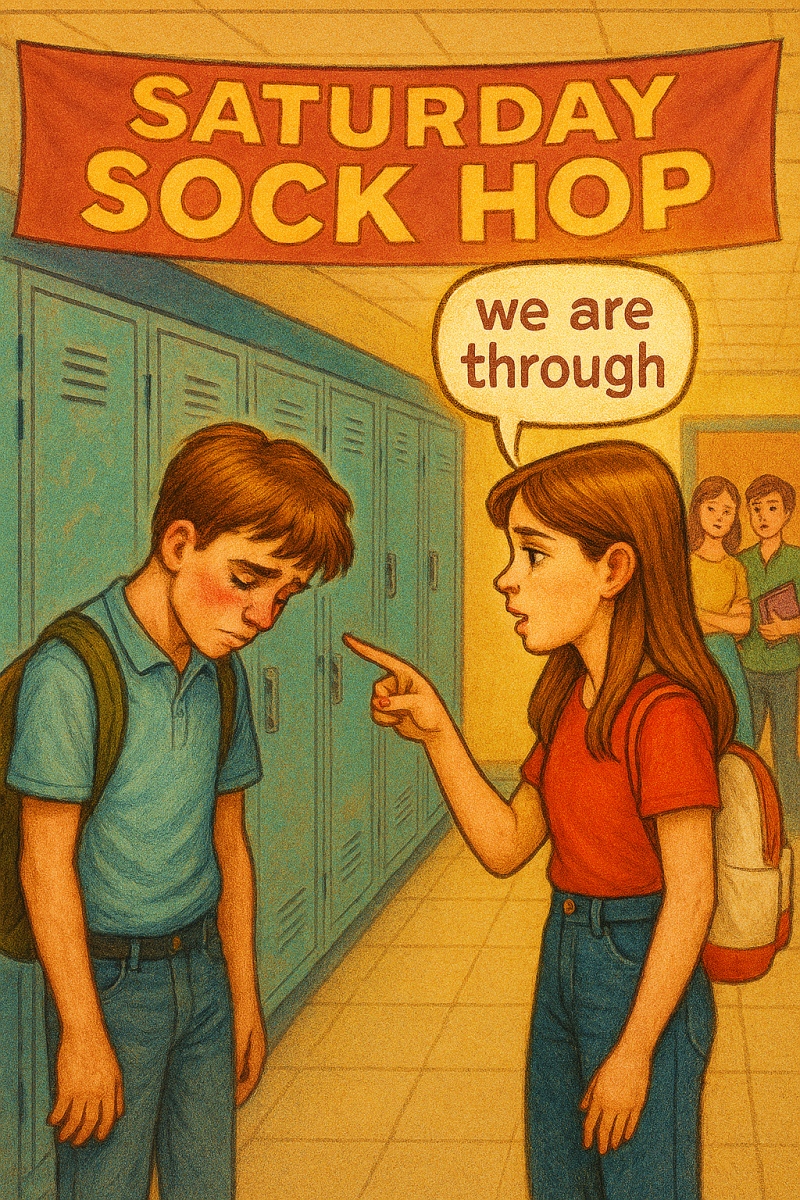





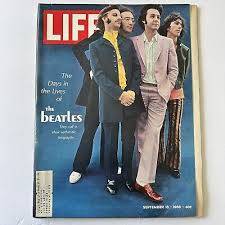
Jukebox of Hits (Sunrise Radio ) power comes from Live365 24/7


